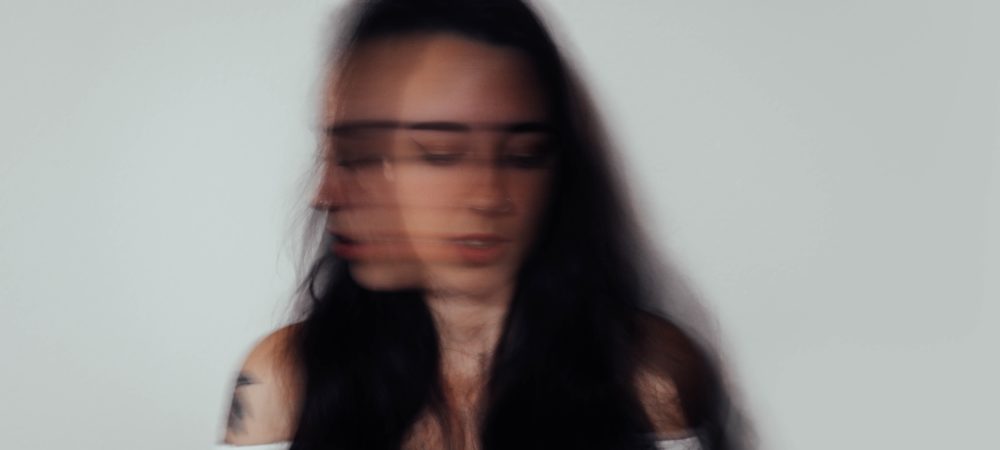


Anxiety disorders are the most common mental illness in the United States, with over 40 million adults over 18 affected. Only 36% of people struggling with anxiety symptoms seek treatment, which is a worrying statistic considering how often anxiety co-occurs with addiction. In fact, people with untreated anxiety disorders are two to three times more likely to have substance use disorder than the general population. Most frighteningly, anxiety can both lead to addiction and is often caused by it as well.
People develop anxiety disorders for a long list of reasons, sometimes stemming from genetic factors but also environmental, and each person can experience symptoms differently. An anxiety disorder is likely to fall under one or more of the five major types of anxiety: generalized anxiety disorder (GAD), post-traumatic stress disorder (PTSD), social anxiety disorder, obsessive-compulsive disorder (OCD), and panic disorder. While all of these types of diagnoses carry specific indicators, the main symptoms include feelings of overwhelming dread, irritability, tenseness, fear, and blankness. Sometimes referred to as GAD, generalized anxiety disorder is more persistent than the occasional anxiety symptoms people naturally feel when dealing with a stressful situation.
Many people with GAD or other anxiety disorders may turn to substance misuse to help numb incessant symptoms. Unfortunately, this is a normalized self-soothing method that many turn to instead of seeking help from a medical professional such as a psychotherapist or psychiatrist. What’s more complicated is how people without classic anxiety disorders develop drug-induced anxiety caused by substance misuse or an undiagnosed substance use disorder.
Substance-induced anxiety is more confusing for sufferers than GAD, for example. Many associate substance use like drinking and doing recreational drugs with relaxation and fun, but that’s not always how things unfold for everyone. Some users begin to feel substance-induced anxiety during intoxication, which lasts for the extent of the chemical’s half-life. Others will feel the anxiety symptoms during withdrawal, lasting several hours to weeks. Some may feel both of these kinds of substance-induced anxiety depending on the drugs and alcohol of choice and the mixtures of more than one intoxicant.
The most common combination of substances anxiety sufferers turn to is benzodiazepines, nicotine, and alcohol. This ironically is a recipe for future disaster, however, as this assortment of chemicals flood the brain’s reward center with dopamine, creating a sense of calmness, but at a cost! The cumulative effect of these substances hinders the brain’s nerve activity to the point of potentially causing distress. Over time, as this mix of intoxicants is repetitively ingested, a person’s tolerance will increase, requiring larger amounts of all three to achieve the same effect. This can increase overall anxiety while using these drugs but also while not using them, causing a destructive rebounding cycle that is very dangerous and potentially fatal. Benzodiazepines should never be taken with alcohol, and withdrawal from both of these substances can lead to coma or death.
A life free from anxiety and addiction is possible with the use of evidence-based treatment methods. Middlesex Recovery offers recovery programs for people who want to break the cycle of self-medicating anxiety with the help of specialized medical providers, nursing staff, and substance use counselors who understand the complexities of addiction. Message or call a local Middlesex Recovery office-based outpatient clinic to learn more about programs and medication-assisted treatment.

If opioid addiction is impacting your life or the life of someone you care about, reach out to our treatment center. We are here to provide the support and care you need to take the first step toward recovery.
Call 781.303.9936